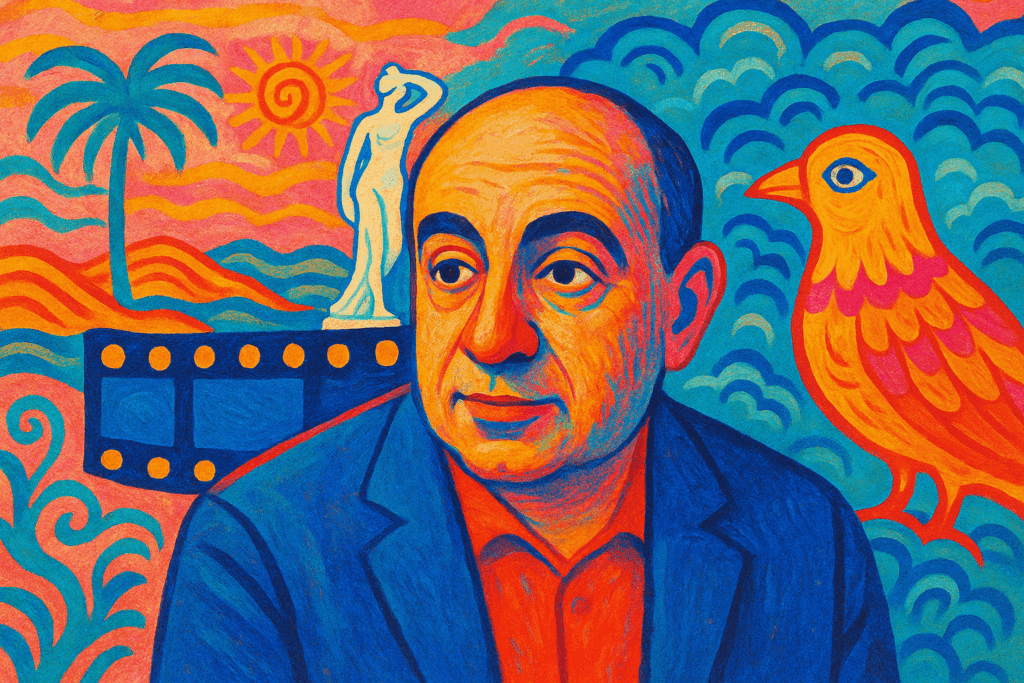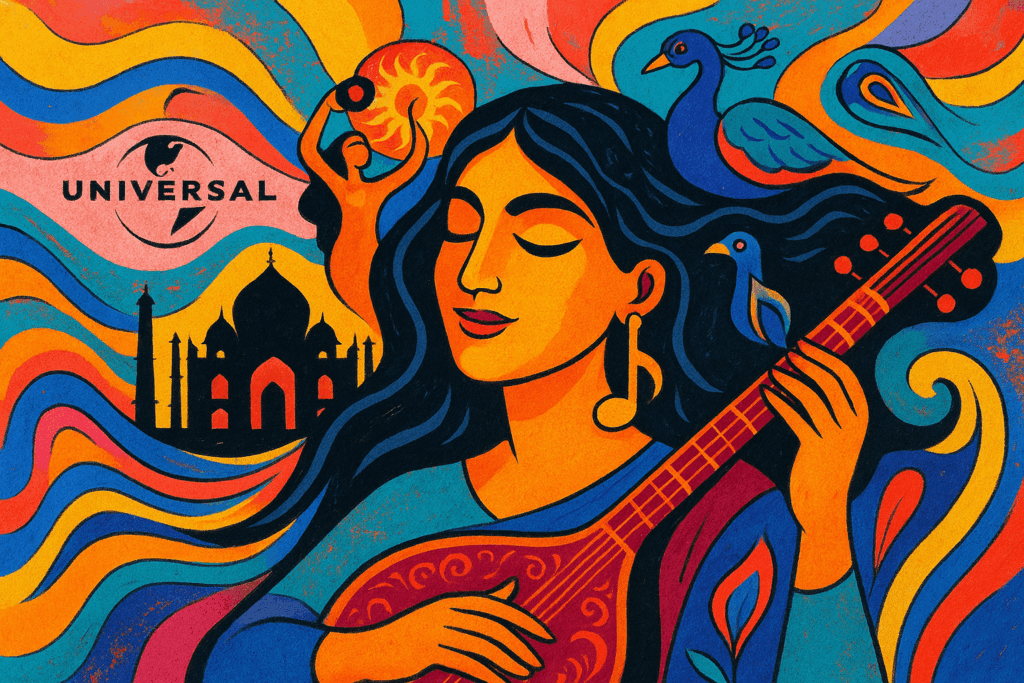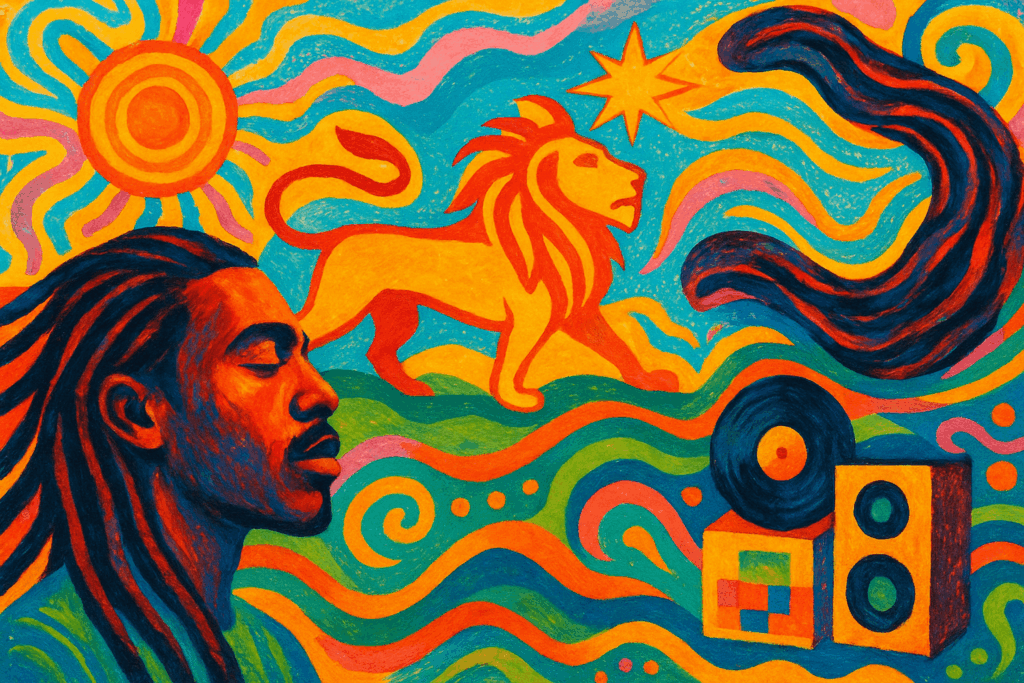A Ukrainian View on Russian Cinema’s Transformation
Alexander Rodnyansky, an acclaimed Ukrainian filmmaker known for producing films like Leviathan and Loveless, offers an insightful perspective on how Russian cinema has changed since the outbreak of the Ukraine-Russia conflict. As a producer and artist deeply connected to the region’s film industry, Rodnyansky highlights a significant shift in the themes and purpose of Russian films today.
From Social Drama to State-Sponsored Fairytales
Rodnyansky outlines a departure from socially critical dramas toward escapist, state-backed productions which largely promote government narratives. An example is the recent success of Cheburashka, a film heavily supported by the Russian state and emblematic of this trend. This marks the absence of films addressing societal issues or challenging official views, replaced instead by content that aligns with propaganda objectives.
Alexander Rodnyansky’s Personal Stand and Artistic Resistance
In response to the tightening control over artistic expression, Rodnyansky created the documentary Notes of a True Criminal, which recently premiered in Venice. This film is a personal account of his experience, including his designation as a “foreign agent” in Russia and threats posed by “fake news” legislation. Through this work, Rodnyansky documents the human cost of dissent under an authoritarian regime and stands as a voice of resistance within the creative community.
The Complexities of Cultural Boycotts and Artistic Responsibility
The ongoing debate over boycotting Russian artists reflects broader ethical dilemmas. Rodnyansky stresses the importance of distinguishing individual artists from the governments they live under, citing opera singer Anna Netrebko as an example. While some advocate for wholesale cultural exclusion, Rodnyansky calls for nuance, emphasizing that isolating artists may silence important expressions and complicate the intersection of art and politics.
Rodnyansky’s insights reveal how geopolitical turmoil alters the cultural landscape and challenges creative freedom. His perspective urges the creative community to critically consider the impact of war on art, the state’s role in shaping narratives, and the responsibilities faced by artists and audiences alike.




